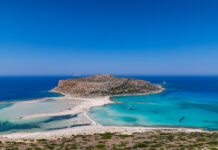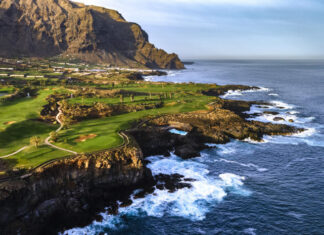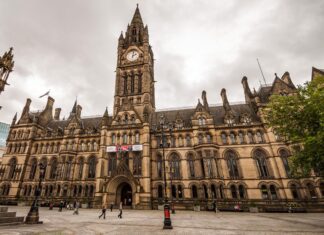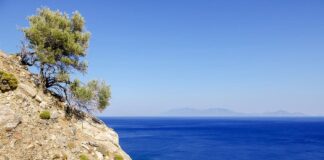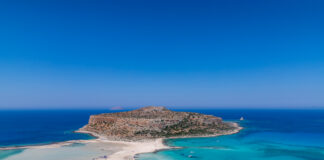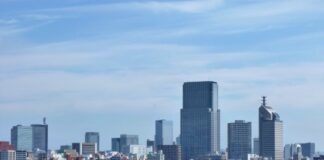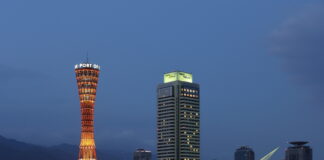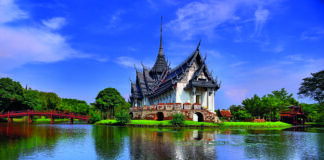San Marino, officially acknowledged as the Republic of San Marino, ranks among the world's tiniest and most ancient republics. This landlocked microstate is nestled in Italy, offering a unique blend of history, culture, and natural beauty.
Culture
Festivals and Events
San Marino has several festivals and events celebrating its rich history and culture. For instance, the Investiture Ceremony of the Captains Regents is held twice a year, on 1st April and 1st October, to celebrate the election of its two heads of state. The Medieval Days Festival in July and the San Marino International Music Summer School and Festival are other notable events.
Language and Religion
San Marino recognizes Italian as its official language, although English is also widely spoken. The primary religion is Roman Catholicism, and the state has a unique relationship with the Church.
Art and Music
San Marino has a rich tradition in arts and music. You can explore local paintings and sculptures in various museums and galleries. The San Marino International Music Summer School and Festival is an event that brings together musicians and students worldwide for master classes and performances.
Food
San Marino's cuisine is heavily influenced by Italian food but with its twist. Some of the must-try dishes include:
- Torta Tre Monti: A layered wafer cake filled with hazelnut or chocolate cream, symbolizing the three towers of San Marino.
- Piada: A flatbread made of white flour, lard, salt, and water. It is usually served with cold cuts, cheese, or sweet fillings.
- Pasta dishes: Swallow's Nests (Nidi di Rondine), which is pasta rolled with ham and cheese and baked in a tomato sauce.
- Wines: Try local wines like Brisa and Tessano.
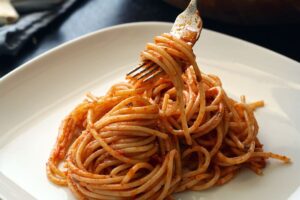
Top Places to Visit
- The Three Towers: The iconic Guaita, Cesta, and Montale towers are located on the peaks of Mount Titano. These medieval fortresses offer breathtaking views of the surrounding landscape.
- Palazzo Pubblico: This is the town hall and official government building situated in the heart of San Marino's capital. Its Gothic Revival style and changing of the guard ceremony are worth seeing.
- Museo di Stato (State Museum): It offers a comprehensive look into San Marino's history and culture through an extensive collection of artifacts.
- Basilica di San Marino: This neoclassical church is dedicated to Saint Marinus, the founder of the dRepublic. It is a beautiful site with an elegant interior.
- Mount Titano: Enjoy this UNESCO World Heritage site's hiking trails and natural beauty.
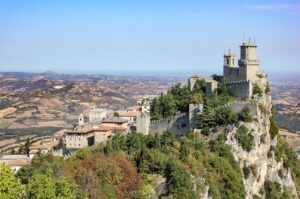
Interesting Facts
- San Marino is the third smallest country in Europe, after Vatican City and Monaco.
- San Marino asserts that it is the most ancient Republic in the world, founded in AD 301 by Saint Marinus.
- While San Marino is not part of the European Union, it has adopted the Euro as its official currency.
- It has more vehicles than people – it's a popular place to register cars because of low taxes.
Travel Tips
- Currency: San Marino uses the Euro. Having some cash is advisable, as not all places accept credit cards.
- Getting Around: The country is small and can be explored on foot. However, there is also a local bus service.
- Shopping: San Marino is known for its low taxes, making it a good place for shopping. It's particularly famous for its stamps and coins.
- Weather: The best time to visit is spring or fall to avoid the summer crowds and experience pleasant weather.
- Language: While Italian is the official language, many people speak English, especially in the service industry. However, learning a few basic Italian phrases can be helpful.
- Travel Documents: Citizens of the EU can enter with a national ID card, while others might need a passport. San Marino does not have border control, but keeping identification handy is good.
Embark on your journey to San Marino with this guide in mind, and you're set to experience a remarkable mix of history, culture, and natural beauty in one of the world's most enchanting microstates.



